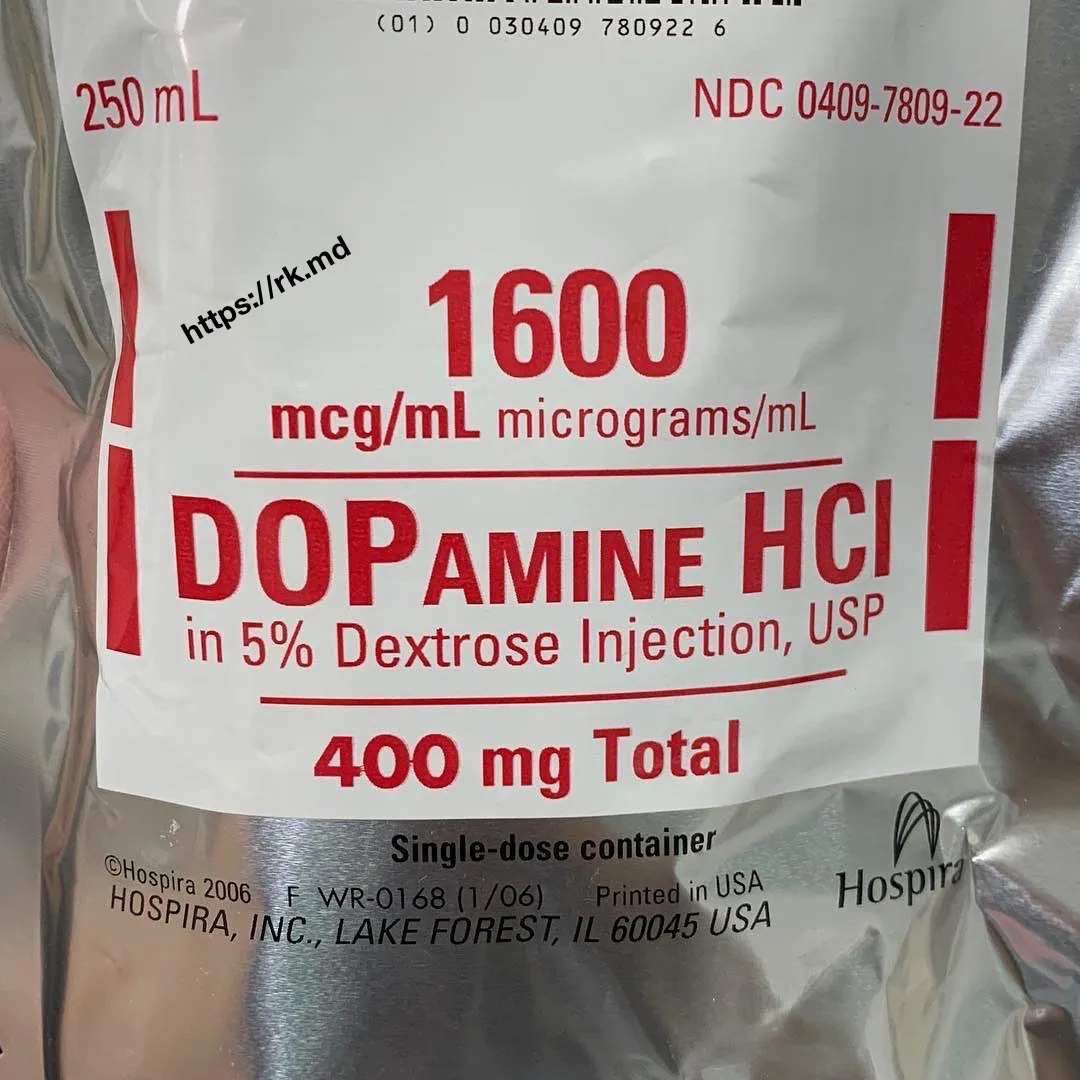Dopamine is a natural catecholamine that is the biochemical precursor to norepinephrine and epinephrine. In human physiology, it plays a pivotal role in regulating mood, lymphocyte activity, gastrointestinal motility, movement, the release of other neurotransmitters, and renal blood flow/sodium excretion. Specifically, dopamine decreases the release of prolactin from the anterior pituitary and thyrotropin-releasing hormone from the hypothalamus – two important considerations that my endocrinology colleagues must consider.
As an anesthesiologist and intensivist, the role of dopamine in providing “renal protection” in both settings has been challenged by evidence. Dopamine does not seem to improve renal function compared to other agents following cardiac surgery or in septic shock. Understanding the global processes at play and providing the appropriate hemodynamic support (fluids, pressors, inotropes, mechanical circulatory support, etc.) to perfuse the kidneys and other organs adequately is the key!
As a resident and fellow, I saw dopamine used much more in the pediatric population, but now as an attending, I don’t use it in my adult patients in the OR or ICU. Similar to catecholamines like epinephrine, dopamine affects receptors based on its dose: dopamine receptors at a low dose, beta receptors at a medium dose, and alpha receptors at higher doses. There’s overlap, and every patient is different, but I’m much more comfortable with medications like epinephrine, norepinephrine, dobutamine, and vasopressin to achieve many of the same hemodynamic goals.
Drop me a comment below with questions! 🙂







Physiologically speaking, why was it believed that dopamine provided some renal protection at the low dose?
The goal was to activate only the peripheral dopaminergic receptors (namely DA1) which is associated with renal vasodilation and subsequent increase in electrolyte excretion. This would “improve blood flow” to the kidney. This was the same theory behind the use of fenoldopam for the same reason (although the evidence shows that it didn’t pan out).